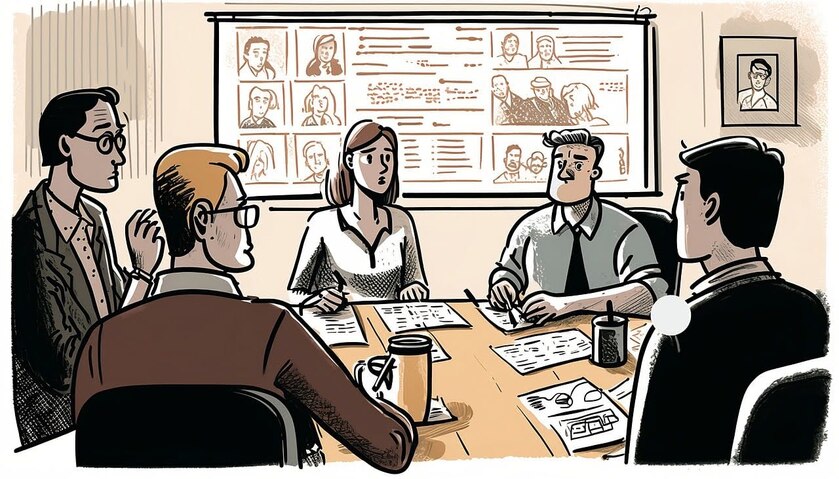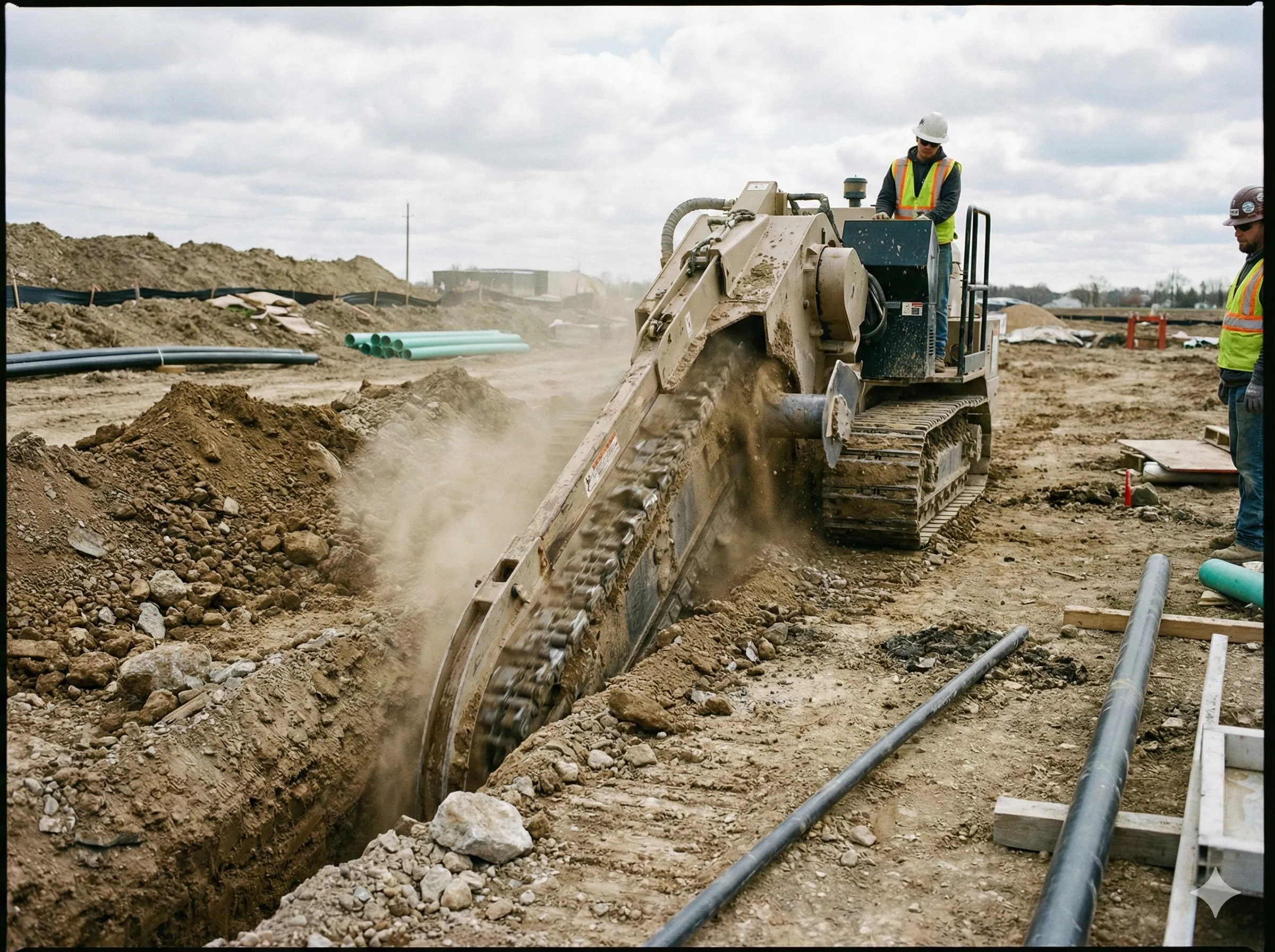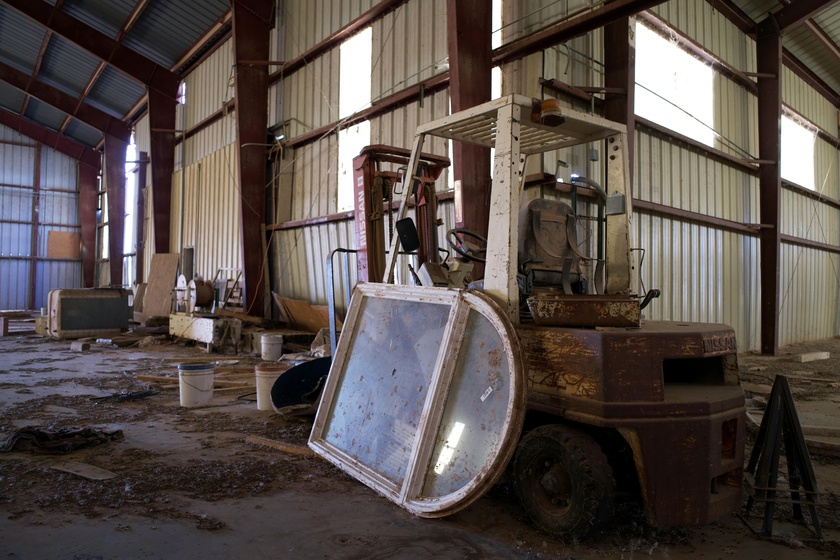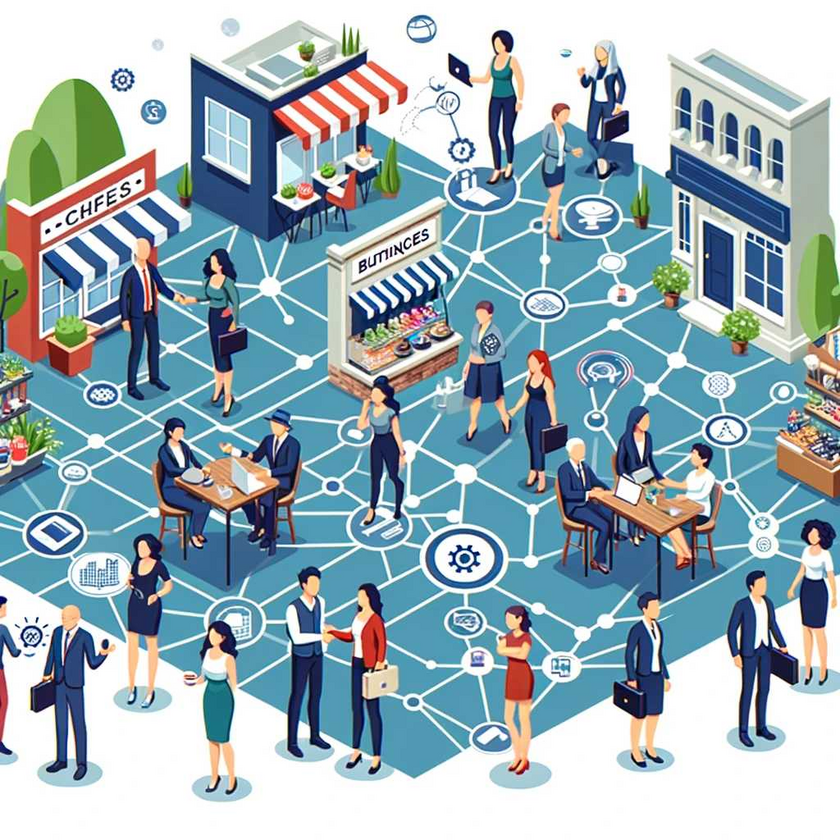
Building a diverse workforce is no longer just a corporate social responsibility—it’s a business imperative. The retail recruitment sector, which thrives on customer interaction and satisfaction, stands to gain immensely from workforce diversity. A diverse team can cater to a wider range of customers, offer varied perspectives, and foster a culture of innovation.
In this post, we’ll explore why diversity is essential in retail and provide actionable tips to help you build a diverse retail workforce.
Why Diversity Matters in Retail
Diversity in retail is about more than just fulfilling quotas—it directly impacts your company’s bottom line. Here’s how:
Improved Customer Experience: Retail stores with diverse teams tend to better understand and meet the needs of a wide range of customers. Employees who reflect the diversity of the customer base can relate more easily to the clientele, offering personalized and culturally relevant service.
Greater Innovation: Diverse teams bring different perspectives and ideas to the table. In the retail industry, where trends and consumer demands shift rapidly, having a variety of voices can lead to innovative solutions, better marketing strategies, and creative problem-solving.
Broader Talent Pool: By fostering a diverse workforce, you’re not just limiting your search to one type of candidate. You’ll have access to a wider talent pool that can bring different skills, experiences, and perspectives to the organization.
Increased Employee Retention: Companies that prioritize diversity and inclusion tend to have happier employees, resulting in better retention rates. Employees who feel valued and included are more likely to stay, reducing turnover and the associated recruitment costs.
Now that we understand the value of diversity in retail, let’s dive into practical recruitment strategies that can help you build a diverse retail workforce.
1. Create a Strong Diversity Policy and Communicate It
Before you start hiring, make sure your company has a clear diversity policy in place. This policy should outline your commitment to diversity and inclusion, as well as specific goals for creating a more inclusive environment. Your diversity policy should cover:
Recruitment and hiring practices
Promotion and career development opportunities
Employee training on diversity and inclusion
Zero-tolerance policies for discrimination and harassment
Once established, make sure to communicate this policy at every stage of the recruitment process. Share it on your company website, job postings, and during interviews to show that diversity and inclusion are integral to your company’s culture.
2. Write Inclusive Job Descriptions
Job descriptions play a crucial role in attracting diverse candidates. The language used in your job listings can either attract or alienate certain groups. Here are some tips for making your job descriptions more inclusive:
Use Gender-Neutral Language: Avoid gendered terms like "salesman" or "store manager." Instead, use inclusive titles like "sales associate" or "team leader."
Avoid Unnecessary Requirements: Often, job descriptions list unnecessary qualifications that may deter diverse candidates from applying. Focus on the core skills and experience needed for the role, and avoid “must-have” lists that may exclude qualified applicants from non-traditional backgrounds.
Highlight Your Commitment to Diversity: In the job description, mention your company’s commitment to building an inclusive workplace. Encourage candidates from diverse backgrounds to apply and make sure your diversity policy is easy to find.
3. Expand Your Recruitment Channels
If you always post jobs on the same job boards, you’ll likely get the same type of applicants. To build a more diverse workforce, you need to expand your recruitment efforts. Here are some ways to diversify your recruitment channels:
Partner with Diversity-Focused Job Boards: There are several job boards and career networks that focus on connecting diverse candidates with employers. Examples include DiversityJobs, Black Career Network, and Professional Diversity Network.
Collaborate with Local Organizations: Partner with community organizations, colleges, and vocational schools that serve underrepresented populations. This can include local immigrant support groups, organizations for people with disabilities, and LGBTQ+ community centers.
Use Social Media to Reach a Broader Audience: Social media platforms like LinkedIn, Facebook, and Twitter allow you to target specific demographics when posting jobs. You can also join groups or communities focused on promoting diversity and inclusion.
4. Implement Blind Hiring Practices
Bias, both conscious and unconscious, can have a significant impact on the recruitment process. One way to minimize this is through blind hiring practices, which focus on candidates’ qualifications and skills rather than their personal characteristics.
Anonymize Resumes: Remove names, photos, and other identifying information from resumes during the initial screening process. This allows you to focus solely on the candidate’s experience and qualifications.
Use Pre-Employment Assessments: Instead of relying on resumes, use skill-based assessments to evaluate candidates. This ensures that everyone is judged based on their abilities, rather than assumptions based on their background.
5. Provide Diversity and Inclusion Training for Hiring Managers
Even with the best intentions, hiring managers may have biases that influence their decisions. Providing diversity and inclusion training can help them recognize and mitigate these biases, leading to fairer recruitment practices.
Diversity training should cover:
Understanding unconscious bias and how it affects decision-making
Best practices for conducting inclusive interviews
Strategies for fostering an inclusive work environment once candidates are hired
6. Utilize Recruitment Data Analytics
To make informed decisions about your retail recruitment process, it’s essential to leverage recruitment data analytics. Analyzing hiring data can provide insights into where candidates are coming from, which strategies are effective, and where improvements are needed. Here’s how to effectively use data analytics:
Track Diversity Metrics: Monitor the diversity of your applicant pool, interviewees, and hires. This data will help you identify where you may be falling short and guide your efforts in improving diversity.
Evaluate Recruitment Sources: Analyze which job boards or channels yield the most diverse candidates. This can help you allocate resources more effectively and focus on the channels that are working.
Assess Employee Retention Rates: Use data analytics to examine the retention rates of diverse hires compared to non-diverse hires. This insight can inform your training and support programs.
7. Promote Internal Diversity
While external recruitment is important, don’t overlook the potential within your current workforce. Promoting diversity from within encourages employees from underrepresented groups to see a future at your company. It also sends a message that your company values and rewards diverse talent.
Offer Mentorship Programs: Mentorship programs can help employees from underrepresented groups gain the skills and guidance they need to advance within the company.
Provide Equal Opportunities for Development: Ensure that all employees, regardless of their background, have access to professional development opportunities, such as training sessions, leadership programs, and career coaching.
8. Create an Inclusive Workplace Culture
Recruiting diverse candidates is just the first step. To retain them, you need to foster a workplace culture where everyone feels valued and included. Here’s how to create an inclusive culture:
Celebrate Cultural Events: Acknowledge and celebrate different cultural holidays, traditions, and milestones within the workplace.
Encourage Open Communication: Create safe spaces where employees feel comfortable sharing their ideas and experiences. This can include regular check-ins, anonymous feedback channels, or employee resource groups.
Provide Ongoing Training: Diversity and inclusion training shouldn’t stop after recruitment. Provide ongoing education to help employees understand different perspectives and create a more harmonious workplace.
Conclusion
Building a diverse retail recruitment workforce is an ongoing process that requires intentionality, commitment, and continuous improvement. By implementing inclusive recruitment strategies, expanding your talent pool, and fostering a supportive workplace culture, you can create a team that not only reflects the diversity of your customers but also drives business success.
A diverse retail workforce is not just good for your company’s image—it’s a strategic advantage that can lead to higher employee satisfaction, improved customer experience, and increased innovation.



















